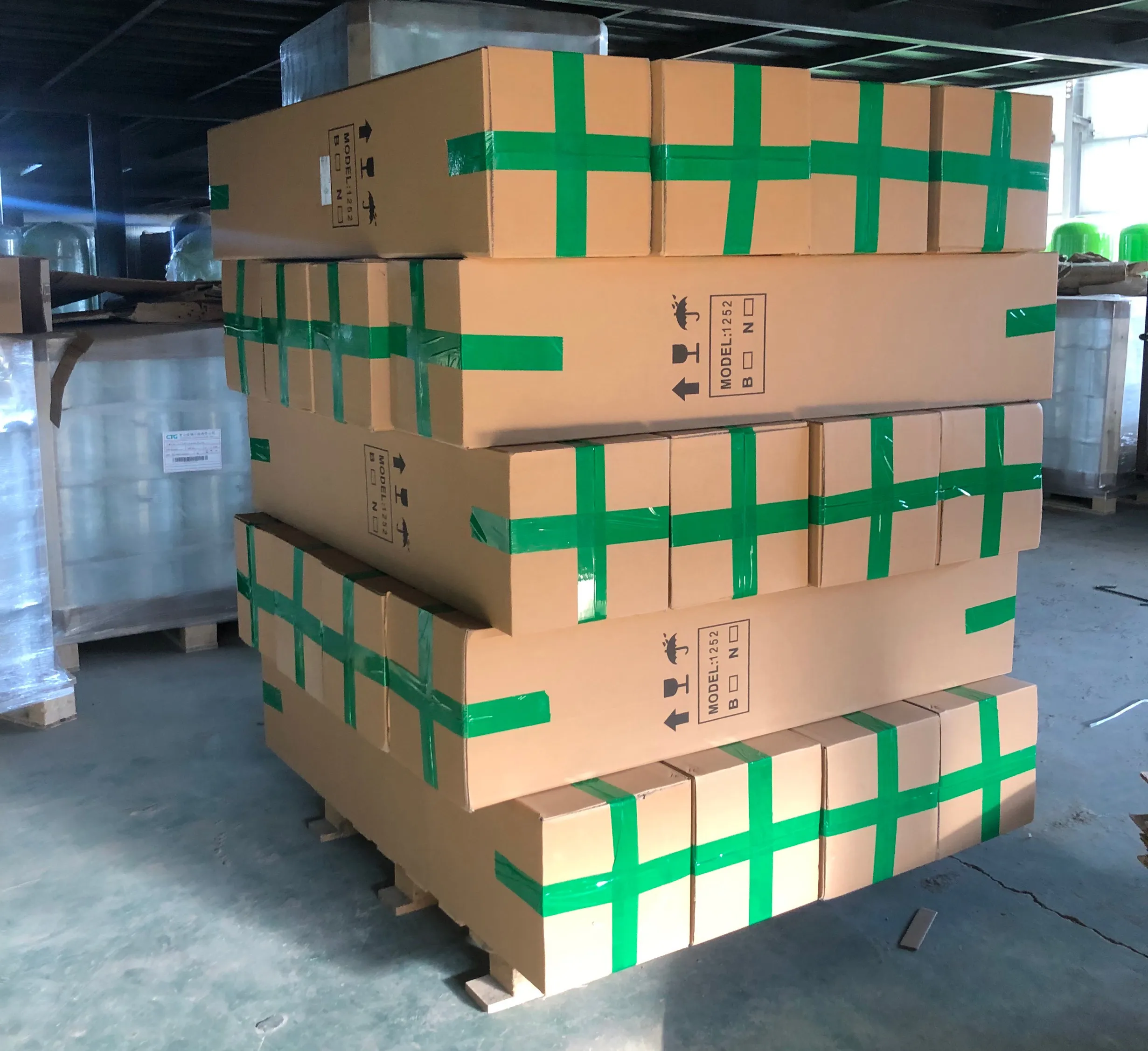loading...
- No. 9, Xingyuan South Street, Dongwaihuan Road, Zaoqiang County, Hengshui, Hebei, China
- admin@zjcomposites.com
- +86 15097380338
- Welcome to visit our website!
grp sectional panel tank
Understanding GRP Sectional Panel Tanks Features and Advantages
GRP (Glass Reinforced Plastic) sectional panel tanks are an innovative solution frequently employed in water storage for various applications, including residential, commercial, and industrial uses. These tanks are designed to be robust, durable, and highly efficient, making them an ideal choice for both potable and non-potable water storage.
Design and Construction
GRP sectional panel tanks are primarily composed of modular panels made from glass-reinforced plastic, which provides an excellent strength-to-weight ratio. The panels are typically manufactured in standard sizes, allowing for easy assembly and scalability to meet specific storage needs. The versatility in design enables these tanks to be installed in various configurations and sizes, accommodating volumes from a few cubic meters to several thousand.
One of the critical features of GRP sectional panel tanks is their ability to be assembled on-site. The modular nature of the panels means that the tanks can be constructed in locations where transportation of larger tanks would be impractical. The installation process is straightforward; panels are bolted together, and seals are used to ensure watertight integrity, making it an efficient option for any project timeline.
Durability and Maintenance
Durability is one of the standout characteristics of GRP sectional panel tanks. They are resistant to corrosion, which significantly extends their lifespan compared to traditional materials like steel or concrete. This resistance to environmental factors makes GRP tanks suitable for use in harsh conditions, including coastal areas where saltwater exposure can be detrimental to other types of tanks.
Maintenance is minimal due to the non-corrosive nature of the material. Unlike metal tanks that may require regular inspections for rust or deterioration, GRP panels can retain their integrity over long periods with little upkeep. Additionally, the smooth internal surface of these tanks minimizes the growth of algae and bacteria, ensuring better water quality with lower maintenance requirements.
grp sectional panel tank

Cost-Effectiveness and Sustainability
From a financial perspective, GRP sectional panel tanks offer a cost-effective solution for water storage. Their lightweight design reduces transportation and installation costs. Furthermore, the long lifespan and low maintenance requirements translate into long-term savings on operational expenses.
Sustainability is also a crucial aspect of GRP tanks. The production of GRP materials often involves recycling processes, and the durability of the tanks reduces the need for frequent replacements. Additionally, because they can be used for a wide range of applications, including rainwater harvesting or greywater storage, GRP sectional panel tanks contribute to effective water resource management.
Applications
The versatility of GRP sectional panel tanks makes them suitable for numerous applications, including
1. Potable Water Storage Ideal for safe drinking water distribution. 2. Fire Protection Systems Used in fire suppression and storage systems. 3. Irrigation Systems Effective for agricultural and landscaping purposes. 4. Industrial Liquid Storage Suitable for various industrial fluids, including chemicals and wastewater.
Conclusion
In conclusion, GRP sectional panel tanks stand out as a leading solution for water storage needs in various sectors. Their durability, ease of installation, minimal maintenance, and cost-effectiveness make them an excellent option for anyone looking to invest in a reliable water storage system. As water scarcity continues to be a global issue, the role of efficient water storage solutions like GRP sectional panel tanks becomes ever more critical.
-
Transform Your Spaces with FRP Grating SolutionsNewsNov.04,2024
-
The Versatility and Strength of FRP RodsNewsNov.04,2024
-
The Excellence of Fiberglass Water TanksNewsNov.04,2024
-
The Benefits of FRP Grating for Your ProjectsNewsNov.04,2024
-
Elevate Your Efficiency with FRP Pressure VesselsNewsNov.04,2024
-
Welcome to the World of FRP Pressure VesselsNewsOct.12,2024
-
Unveiling the Future of Filtration: Why FRP Filter Vessels are a Game ChangerNewsOct.12,2024
